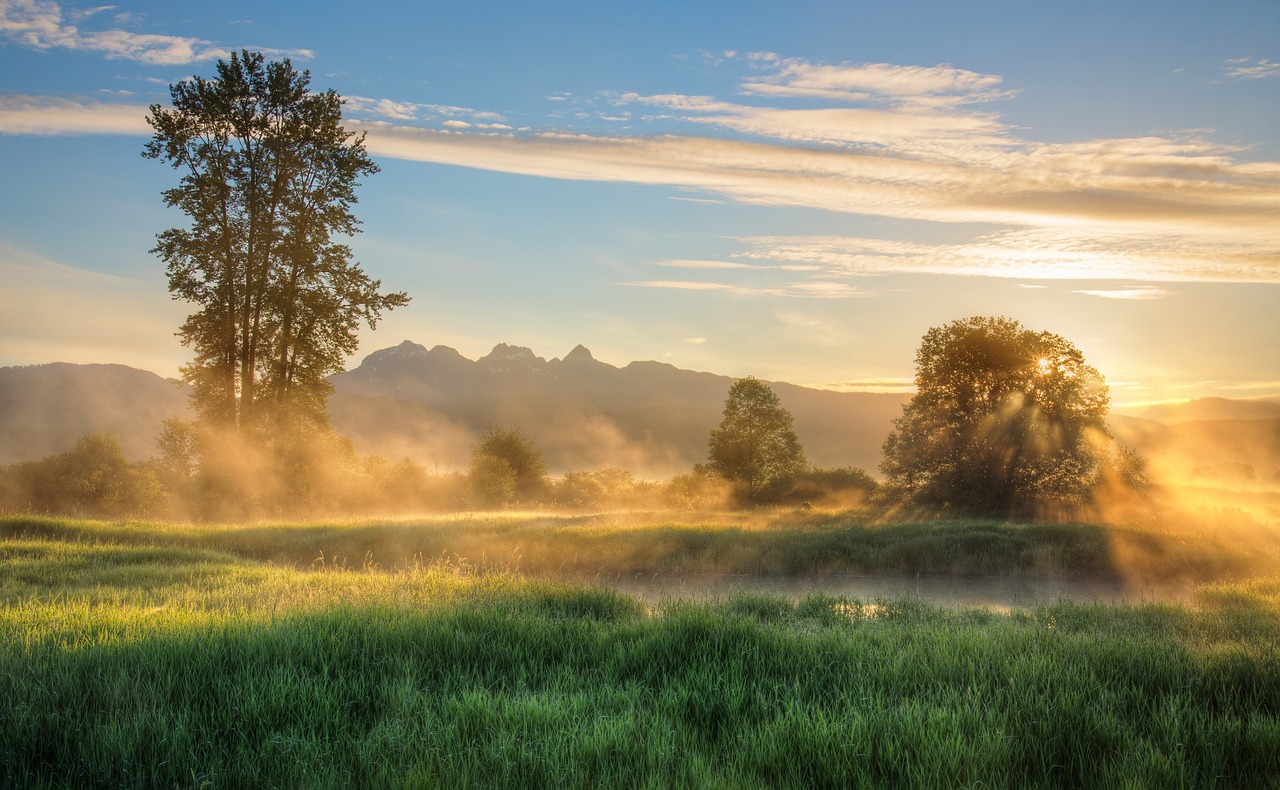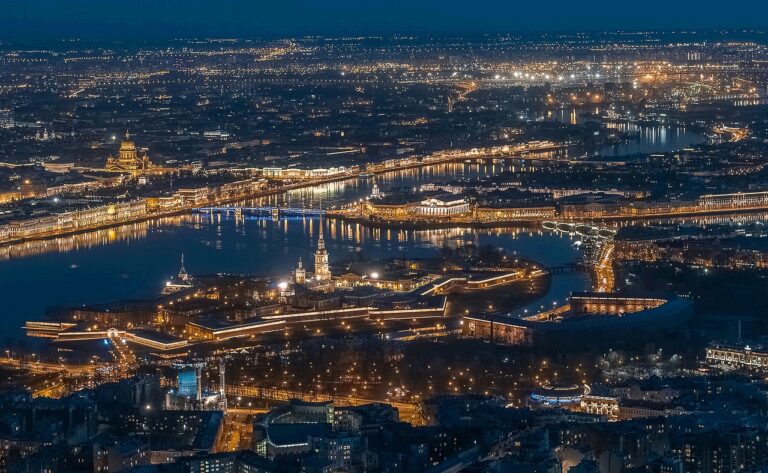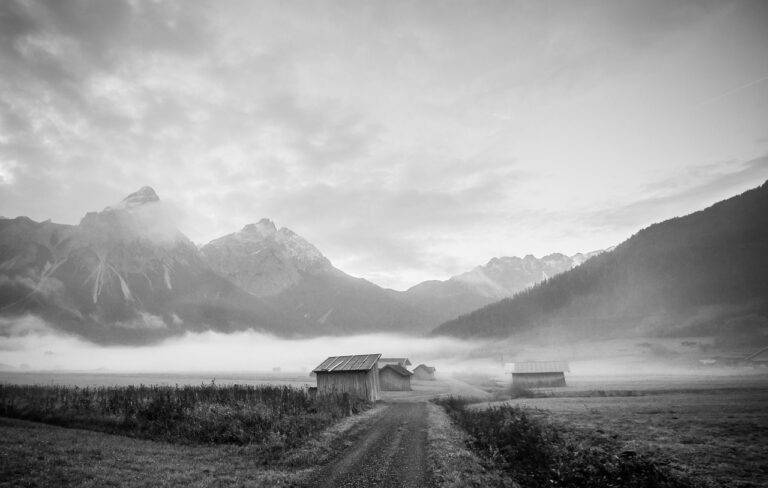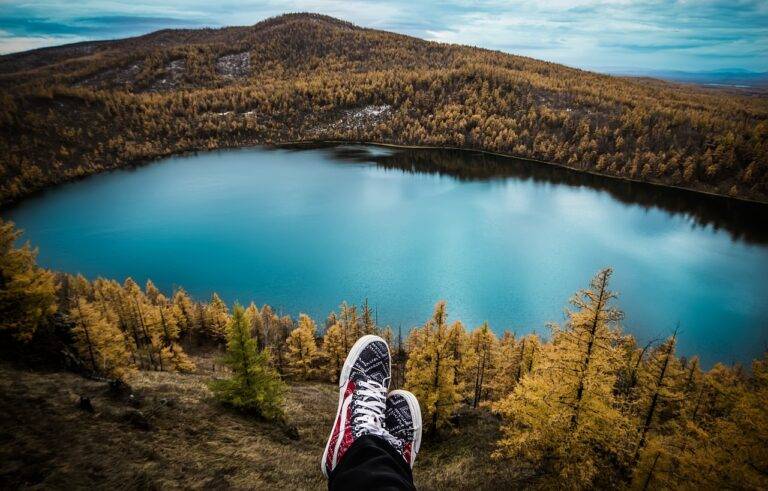The Enchantment of Cherry Blossom Season in Washington, D.C.: Tidal Basin Strolls and Monument Views
Each year, Washington, D.C., draws countless visitors from around the globe to witness the stunning beauty of the cherry blossoms in full bloom. This beloved tradition traces its roots back to 1912 when the Mayor of Tokyo gifted 3,000 cherry blossom trees to the U.S. capital as a symbol of friendship between the two nations. These original trees were planted around the Tidal Basin and have since multiplied, creating a breathtaking sight that marks the arrival of spring in the city.
Over the years, the National Cherry Blossom Festival has become a cherished event in Washington, D.C., attracting millions of tourists and locals alike to celebrate the delicate pink and white blooms. The festival typically occurs in late March to early April, coinciding with the peak bloom period when the cherry blossoms are at their most magnificent display. This annual spectacle serves as a reminder of the enduring friendship between the United States and Japan, as well as a symbol of renewal and beauty in the nation’s capital.
The cherry blossom trees were originally planted around the Tidal Basin in 1912
The National Cherry Blossom Festival attracts millions of tourists and locals each year
The festival typically occurs in late March to early April during peak bloom period
The cherry blossoms serve as a symbol of friendship between the United States and Japan
Best Times to Visit the Tidal Basin for Cherry Blossom Viewing
Peak bloom for the cherry blossoms at the Tidal Basin in Washington, D.C., typically occurs between late March and early April. During this time, the trees are in full bloom, creating a stunning pink and white canopy around the basin. Crowds flock to the area to witness this picturesque sight and partake in the annual National Cherry Blossom Festival.
To avoid the largest crowds and take advantage of more peaceful viewing opportunities, consider visiting the Tidal Basin during the weekdays or early mornings. This allows you to appreciate the beauty of the cherry blossoms without the hustle and bustle of peak tourist times. Additionally, the soft morning light can enhance the charm of your photos, creating a serene and ethereal atmosphere around the monuments.
Capturing the Perfect Cherry Blossom Photo at the Monuments
When visiting the monuments in Washington, D.C. during cherry blossom season, it’s essential to find the right angles and lighting to capture the perfect shot. The iconic landmarks, such as the Lincoln Memorial and the Washington Monument, provide stunning backdrops for your cherry blossom photos. Experiment with different perspectives and compositions to create visually striking images that showcase the beauty of the blossoms against the historical architecture.
Timing is crucial when attempting to capture the perfect cherry blossom photo at the monuments. Early morning and late afternoon are ideal times to visit, as the soft, golden light enhances the colors of the blossoms and adds a warm glow to your photos. Avoid harsh midday sun, which can create unflattering shadows and wash out the vibrant hues of the cherry blossoms. Patience is key when photographing the monuments during peak bloom, as crowds can make it challenging to find a clear shot.
What equipment do I need to capture the perfect cherry blossom photo at the monuments?
A camera with manual settings, a tripod for stability, and possibly a polarizing filter to reduce glare and enhance colors.
How can I avoid crowds when taking cherry blossom photos at the monuments?
Try visiting early in the morning or later in the evening to avoid the peak times of day when crowds are at their highest.
What are some composition tips for taking cherry blossom photos at the monuments?
Experiment with different angles and perspectives, incorporate the monuments into your shot for a unique perspective, and don’t be afraid to get up close to the blossoms for a more intimate shot.
How can I make my cherry blossom photos stand out from the rest?
Play around with editing tools to enhance colors and contrast, focus on capturing unique moments or perspectives, and consider incorporating people or wildlife into your shots for added interest.





